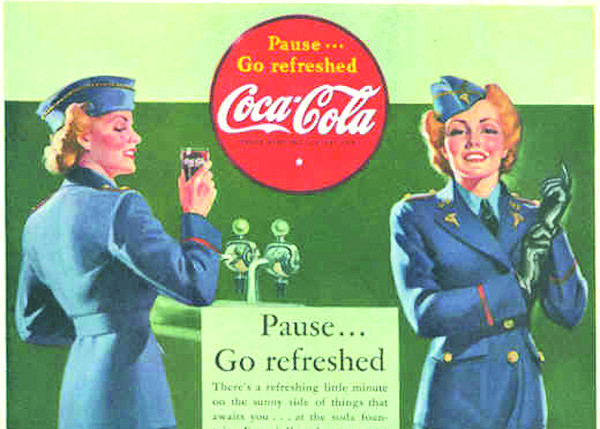Progress for the Rock Hill Coca-Cola Bottling Company that continued throughout the 1930s pushed into the new decade even stronger.
A New Building Makes the Newspaper
During the 1940s the Rock Hill Coca-Cola Bottling Company grew enough that the company would move into a new plant facility. May 16, 1941 and June 24, 1941 articles in The Herald described the new bottling plant to be built on Fort Mill Road a short distance off Oakland Avenue:
It is currently on East White Street. It is to be a brick and steel structure at the corner of Ebenezer extension and the Charlotte highway. New equipment is to be added to further modernize its service. The new building will be approximately 15,000 square feet of floor space and cost $50,000.00. There will be a garage to one side of the building large enough for a dozen trucks. On the second floor will be a clubroom with a kitchen annex to prepare and serve refreshments. It will be made available for use by clubs and other groups. Seating capacity is for 100 persons. Additional storage space will be on second floor.
More Reports on the New Structure
In the June 1942 Coca-Cola Bottlers Newsletter there is a picture and description of the building:
The building is a brick and steel, fireproof construction with limestone trim. The front has large windows so that persons passing the plant may see the operations. On the first floor is the private office of Mauldin, the bottling room, a case storage room, and locker rooms …, bookkeeping department, salesmen’s desks, vaults, and a stock room. Adjoining the loading platform is a garage for twelve trucks. At the rear of the building is a paint and repair shop. There is a large suction fan that changes the air in the bottling room one and a half times a minute. Cuban tile floors and ceilings are treated with noise reduction material. This bottling room is the heart of the plant. Syrup that is stored on the second floor is placed in a screened pump room and pumped down to the bottling department where it is mixed with carbonated water and sealed in sterilized bottles. Adjoining the auditorium is a kitchenette and conference room that can be used by public organizations without charge. Production of drinks by the bottling plant is curtailed somewhat now because of the rationing of syrup but the experience is not new to the company. During WWI business was curtailed also because of a 50% rationing of sugar.

